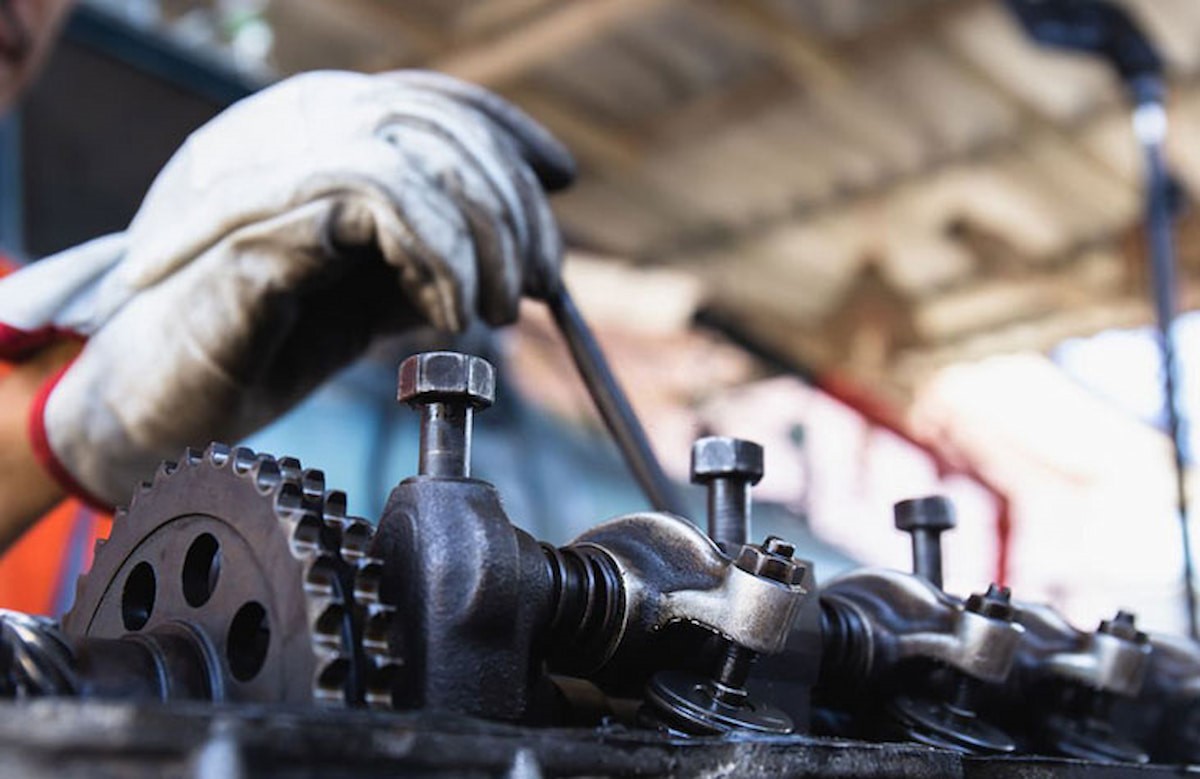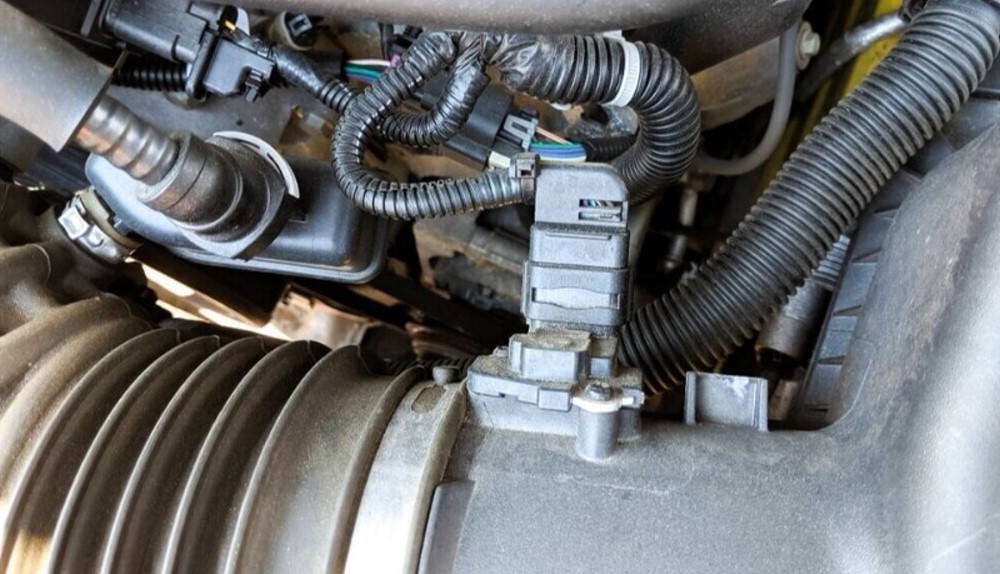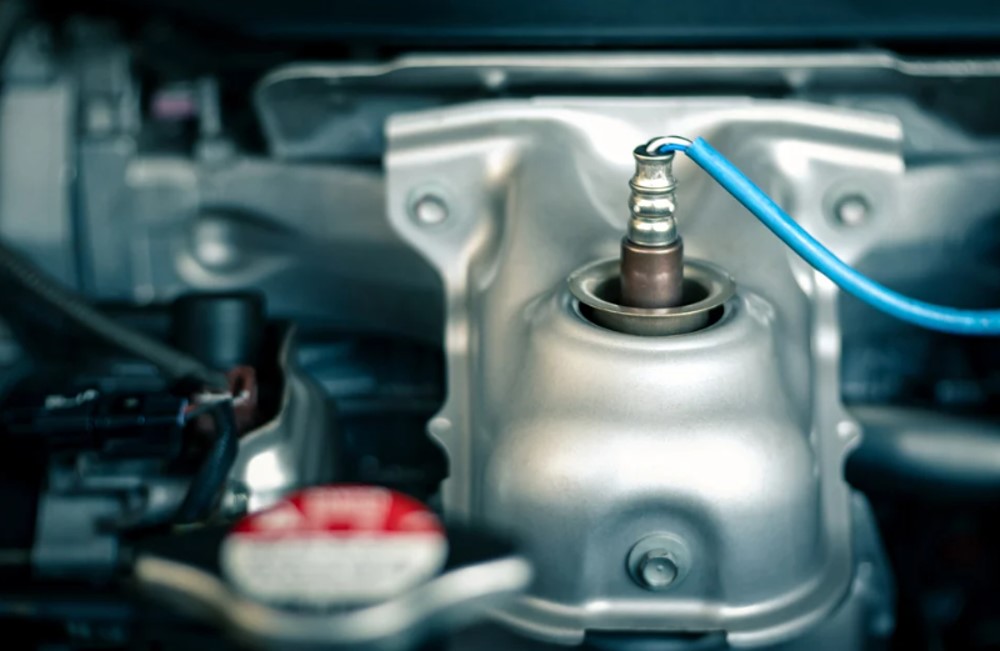A Guide to Replacing Car Sensors: What to Consider When Buying Replacement Sensors
The sensors in your car play a large role in its safety features. They’re what tell your car when to stop if it’s about to hit something, or begin braking automatically. Moreover, some sensors are responsible for the proper working of the engine, such as MAF sensors, which measures the mass of air entering the engine to determine how much fuel is needed.
Because these sensors are so important and can fail over time due to any number of reasons, it’s vital that you know how to replace your car’s sensors properly. If you do it incorrectly, you risk damaging other parts of your car or even creating a safety hazard for yourself or others. Read on for a guide on how to replace car sensors.
Before you begin any repair job, it’s always wise to check your owner’s manual first for tips on doing repairs and general guidelines. Your owner’s manual will also contain important information such as the location of specific parts and recommended tools for the job. It is essential that you take the time to read through this manual before starting work on your vehicle.
Basic Sensor Replacement Procedure:

The basic sensor replacement procedure, regardless of whether MAF sensors, parking sensors or any other sensor involves four steps: removal, inspection, installation and testing.
Removal
In order to remove a sensor properly, you need the right tools for the job. Most sensors are held in place by either screws or bolts that require you to use the correct type of screwdriver or wrench. For example, if the sensor has a bolt that needs to be removed, you’ll need a wrench. If it has a Phillips head screw, you’ll need a screwdriver.
Also, make sure that you don’t bridge any wires when disconnecting or removing the sensor. This will prevent any short circuits that could damage other parts of your car.
Inspection
Once you’ve successfully removed and disassembled a faulty sensor, it’s time for inspection. In order to determine if the old sensor is working properly, compare its readings with those given by a working sensor on your vehicle. If they match, then the issue may be due to something else such as dirty wires or connectors that need further investigation. However, if the readings don’t match up, then you’ll need to replace the sensor.
Installation
The installation process is simple and straightforward, although it does require attention to detail in order for it to be done properly. First, clean the area around where the sensor will go with rubbing alcohol or another solvent, as this will ensure proper contact between the sensor and its connectors. Next, apply a thin layer of grease to all threads on both sides of the sensor. This will prevent any leaks and ensures proper working of the sensor.
Finally, screw in the sensor and tighten it with either a wrench or pliers. Do not over-tighten or use excessive force as this could damage other parts of your car.
Testing
Once you’ve installed your new sensor properly, make sure to test drive your vehicle to ensure that everything works fine before sealing up the area with adhesive or silicon. If there are still issues with your car after testing the sensor, then you’ll need to look into other possible causes.
However, if everything runs smoothly with the new sensor in place, then you can begin sealing up its connectors with either silicon or adhesive. Just make sure that all wires are properly connected before testing out your car’s sensors once again.
What to Consider When Buying a Replacement Sensor?

When buying a replacement sensor for your car, there are several things that you should consider: cost, brand, and compatibility.
The first thing to look at is the cost of the part itself as well as shipping costs. Some parts can be quite expensive, especially if they’re made by an OEM manufacturer or have limited availability due to being discontinued.
Shipping costs will also vary depending on where you live and how far away the seller is located.
Brand is another important factor to think about when purchasing replacement sensors for your car. Some brands of parts are better than others, especially when it comes to quality and performance. You may be able to find a sensor that’s cheaper but not as good as one made by a certain brand; however, you’ll have to weigh the pros and cons before making a decision on which part to buy.
Another consideration is compatibility. The replacement sensor should fit in with other parts of your vehicle without any issues. If it doesn’t work correctly or isn’t compatible with other parts, then you’ll need to look for another replacement part.
How to Save Money When Buying Replacement Sensors

Car sensor repair can be pricey since they’re typically not cheap parts. However, there are several ways you can save money on car sensors and get them for less. Here are a few tips that can help you save some cash when it comes to repairing or purchasing new ones for your vehicle.
1) Buy Used Parts – Buying used parts is always cheaper than buying brand-new ones, especially if they’re still in good condition. A lot of people don’t realize this but with proper research, you’ll be able to find the best places to buy used parts from.
2) Buy Reconditioned Parts – If you’re not a fan of used parts, then consider purchasing reconditioned ones instead. These come with warranties and are almost always cheaper than buying new ones. However, make sure that the warranty is valid before making any purchases.
3) Do Your Own Repairs – Some people prefer doing their own repairs, especially if it’s a simple one like replacing a car sensor. It is always cheaper to do it yourself than to hire someone else and pay for their services. However, make sure that you have the knowledge and skills necessary before attempting any repairs on your own.
4) Do Your Research – Before making any purchases or doing any repairs, make sure that you’re doing everything right by doing thorough research first. Read online reviews from various sources such as forums and customer feedback sites.
The Final Word
To sum it up, car sensors are important components of your vehicle and must be checked regularly. When one or more sensors stop working properly, it can cause problems with the engine as well as other safety features on your car. It’s best to replace them right away if they’re defective in any way.
Replacing a sensor is not very difficult; however, you need to follow proper procedures and have the right tools for the job. In this article, we’ve shown you the basic steps involved in replacing a car sensor as well as some things to consider when buying a replacement part.
Now that you know how to replace car sensors, all that’s left is for you to get your tools and start working on them right away!
